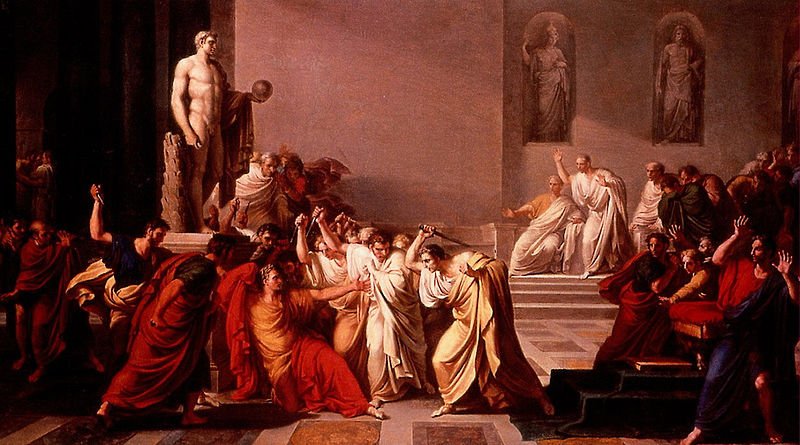8. If Mirach and Anunitum are to be located in line b7, then we can see whether this fits with Antares at Ga7-16 (or whether Aldebaran is a better alternative).
My provisional method for coordinating
the right ascension values of the stars
with the glyphs is based
on the idea that there should be 300
glyphs (days) to the
beginning of the 2nd half of the text:
The glyph number at mago in Ga7-16 is 186 (counted from puo in Gb8-30) and by adding 64 the result is 250 (counted from Rogo in Gb6-26). Assuming a right ascension value of zero at Gb6-25 we can convert 250 glyphs (days) to right ascension 250 / 365¼ * 24h = 16h 25m 38s, which is close to the current value for Antares:
But I have used the right ascension values in my book and these are somewhat lower:
246½ and 68¼ are the day numbers from equinox if the cycle measures 360 days. *250 and *69 are the glyph numbers increased by 64.
However, maybe the day numbers should rather be counted from Gb6-20 (where a central Raa sign could mean 'no Sun'):
But this would be practically somewhat inconvenient because we would then have to increase the right ascension values of the stars to a point in the future (ca 6 * 72 = 432 years) in order to make it fit:
Perhaps the creator of the G structure did not begin counting from equinox but from a point e.g. 6 days earlier. North of the equator 6 days earlier than March 21 (normal day for spring equinox) is March 15, the day Julius Ceasar was stabbed to death.
256 (= 16 * 16) should be an important number because there are 16 glyph lines on the G tablet. Moreover, counting to 256 from the beginning of the front side of the text takes us to the end of the 9th glyph line, where the single Raa in Gb6-20 seems to be changed into a pair of Raa signs:
|
|||||||||||||||||||||||||||||||||||||||||||||||||||||||||||||||||||||||||||||||||||||||||||||||||||||||||||||||||||||||||||||||||||||||||||||||||||





















